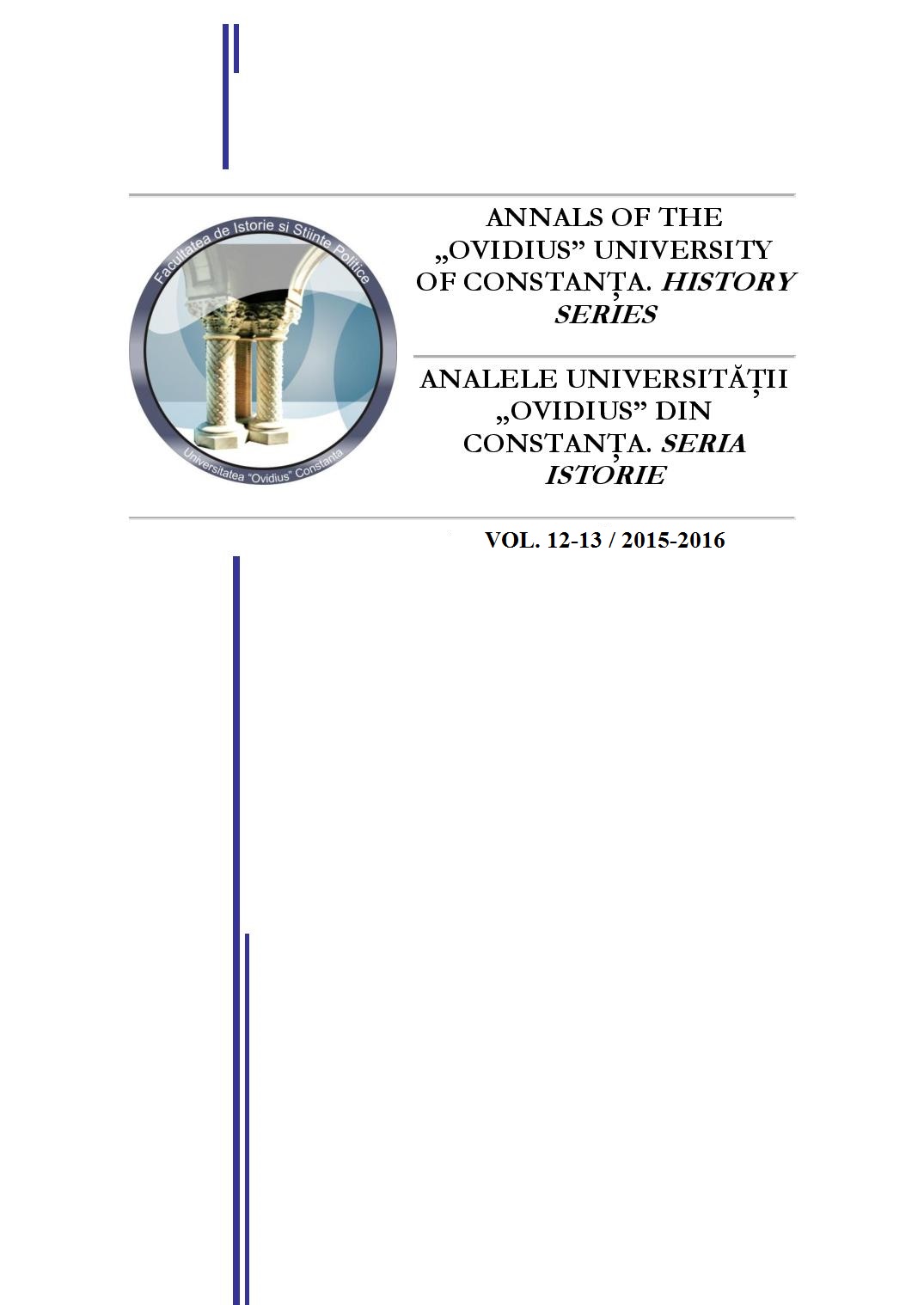GÂNDIREA CREŞTINĂ ÎN SECOLELE IV-V: PROBLEMA ARIANISMULUI
CHRISTIAN THINKING IN THE IV CENTURY: THE PROBLEM OF ARIANISM
Author(s): Adriana CîteiaSubject(s): History, Theology and Religion
Published by: Ovidius University Press
Keywords: Arianism; Conciliul de la Niceea; peratologie bizantină; atacuri
Summary/Abstract: Deeply involved in the Arian crisis, the Balkan provinces have offered, in an impulse of religious dissidence, a rationalist variant to the Nicene dogma and to the religious policy of Constantinople’s Church. For almost a century, Serdica and Sirmium have contested the dogmatic bases of the Holy Trinity’s iconography. The amplitude of the crisis was also increased by the stance of Emperors Constans II and Valens, who were Arians. However, Theodosius, their successor in the East, promulgated the edict in favour of Catholic Orthodoxy, on the 28th of February 380, in Thessaloniki . Arianism, which had as fundament the negation of Jesus Christ’s divine nature, would have reduced Christianity to a philosophical monotheism, where revealed truths would have been profoundly deformed. The history and culture of the Balkan provinces have always had the mark of polytropy , which makes it a lot more difficult to define a cultural matrix. Their destiny, profoundly marked, after the 4th century, by the Byzantine policy regarding borders, by the endemic tendency of the migratory peoples that were attracted by the mirage of this New Rome , and, last but not least, by the sacralization of the Balkan space through Christianization, had few constant reference systems.
Journal: Analele Universităţii Ovidius din Constanţa - Seria Istorie
- Issue Year: 2016
- Issue No: 12-13
- Page Range: 5-11
- Page Count: 7
- Language: Romanian
- Content File-PDF

